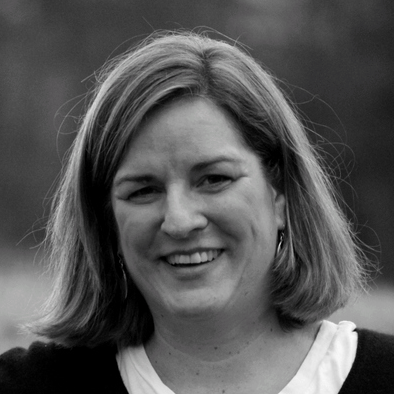The quieter moments of healing can be oddly disconcerting. Healing in general isn’t quiet: maybe loud is the wrong word, but intense would be accurate.
The feelings that go with healing from trauma loom large. The grief, sadness, sorrow, rage, anger, terror. These feelings take over your mind and your life. I have often compared them to a wild cat: a tiger pacing back and forth in front of you. And while I have found this frightening, I have found it almost more frightening when those feelings go away: where did that tiger go? A tiger you can see is awful. The tiger you can’t see is terrifying. It feels like you can’t protect yourself because you can’t see it anymore: it feels like it is laying in wait to attack out of the blue.
That is where the problem of trauma is the problem. When you live through trauma you get used to it. You are resilient to bad times. You know how to cope.
But actually what can be difficult are moments of calm, quiet or contentment. These are unfamiliar. The growing edge for trauma survivors isn’t toughness –it is softness. It isn’t hard work, it is allowing for rest.
Keeping in mind that for trauma that has been repeated, and that is most of what we know as trauma: war, child abuse, domestic violence, community violence, the trauma is really three forms of trauma. What did happen, the violence you experienced.
The protections you created to survive the trauma, the way you shielded yourself from its full impact. And what didn’t happen, the growth and development you missed because the trauma was occurring. In order to heal from trauma you need to work with all three aspects of the trauma—and the last one, what didn’t happen, often gets missed.
The quiet moments of healing are moments that often didn’t happen in the lives of trauma survivors—either there was always something to fear, or you could never let your guard down enough to even notice or take in moments of quiet.
You have no practice with them, they are unfamiliar. It is this lack of familiarity that you experience when you are healing. Trauma you know. The tiger pacing back and forth in your life has been a constant presence both during the trauma and often during the healing process.
But then one day he disappears. You should be happy and relieved. Finally calm. Finally quiet. Finally rest.
But instead you look around and oddly miss the fearful presence you had become accustomed to. This is the growing edge of healing. It is counterintuitive because you are used to hard work. You are used to toughing it out. You are not used to quiet and rest. And you are not used to seeing yourself in all of that quiet: a quiet pond is the one you can see your reflection in.
And I think that this is one of the hardest parts. You formed your identity around trauma and through trauma—and then you work hard to heal from it and suddenly you find yourself in a world that is quiet and you wonder who you are without all that noise. Who am I now?
It is a little like being an infant—blinking out at the world with a mixture of wonder and concerned interest. It all seems new and unfamiliar. But the truth is, in that moment, I feel new and unfamiliar. And it is so hard to remember that this was the goal of all that hard work. It is a quiet and invisible peak that you get to with all that climbing and sustained effort. And it is by no means the end, but really a beginning of growth that is long overdue.
Often when I find myself in this place of quiet I notice I feel ‘lost.’ And maybe I need to see that lost really does describe the situation. I have lost my familiar companion of trauma and fear and the other emotions that come with trauma and healing from trauma. I have lost a part of my identity I needed to survive, but have now grown past—no longer needing all of those protections. And this land of calm is all unfamiliar territory—I haven’t explored it yet, and I don’t know who I am in relation to it.
Surviving trauma doesn’t prepare you for these moments of lost. Because lost requires a different set of skills: the ability to sit still, to be quiet, to wonder, to reflect.
These feel like ‘nothing’ in the beginning; they can even feel like you are doing something wrong. You can mistake quiet for detachment or dissociation. You can mistake lost for sliding all the way back to the beginning of healing. But this is the work of quiet. This is the work of calm.
This is the new environment inside you and outside you that will allow you to grow. Use all of your patience and compassion. Hold yourself in this new space the way you would an infant or small child who needed reassurance. Let yourself be in this new place. Let yourself grow in it.
© 2016 Gretchen L. Schmelzer, PhD
* This article was originally published HERE. It was republished on I AM A ROCKSTAR with the author’s permission.

Gretchen Schmelzer, PhD is a licensed psychologist, trained as a Harvard Medical School Fellow. She is a trauma survivor, who has worked for twenty-five years with the complex issues of trauma, integration and behavior change across every level of system from individuals, to groups, to large systems and countries. She is the founder and editor of The Trail Guide, a web-magazine dedicated to healing repeated trauma. Check out her book Journey Through Trauma .
